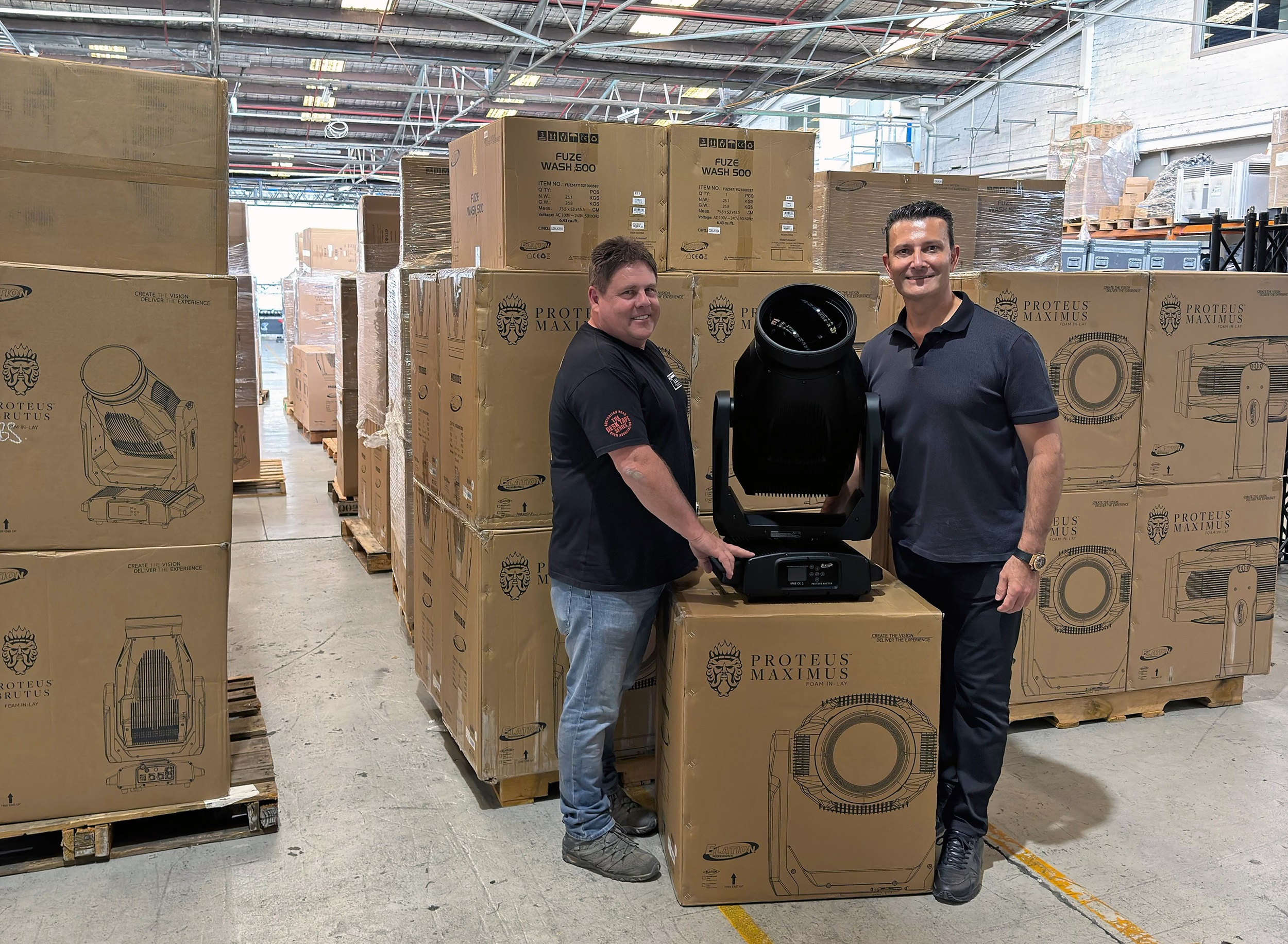LONDON – UK lighting designer Lucy Carter has used 16 Philips Selecon PLCyc LED luminaires for the Royal Opera House’s production of Sum. The Linbury Studio room – comprising four high walls each of which feature a built-in video screen – is washed throughout with colors to denote the changing mood and atmosphere of each story in the opera. “I needed a fixture that could give me multiple color choices and fully wash the room, but not demand too much space,” the LD said.
More details from Philips Selecon (http://www.selecon.com):
LONDON – UK lighting designer Lucy Carter has used Philips Selecon PLCyc LED luminaires to create an evocative environmental design for the Royal Opera House’s production of Max Richter’s new chamber opera, Sum.
The world premiere was staged in the Royal Opera House’s Linbury Studio, Covent Garden. Set inside a specially built room, the audience and performers were arranged on four sides of a centrally located sunken orchestra pit. The room – comprising four high walls each of which feature a built-in video screen – is washed throughout with colors to denote the changing mood and atmosphere of each story.
Carter chose to use 16 of the newly launched PLCyc LED luminaires, supplied by Stage Electrics, to define the mood of each piece. She explains, “I needed a fixture that could give me multiple color choices and fully wash the room, but not demand too much space. I discussed the issue with Martin Adams, technical manager of the Linbury, who was coincidentally testing LED floodlights for the Linbury cyc. He suggested I try the Selecon PLCyc and I was delighted to find I could achieve pretty much any design idea I had. Because I couldn’t rig at perfect and even spacing, the wide beam angle of the PLCyc really helped and worked well to create a smooth and even wash.”
Carter was also impressed by the white color options the fixtures delivered. “I was interested in the PLCyc LED because they offered the option of using cool-white, warm-white or daylight. I find that only having access to RGB can be a problem because you can’t generally get the right white to work with other sources in the rig. Having RGB and White is wonderful, however having the option to select whether you’re going to use a cool white or a warm white is even better.”
Andrew SJ Grant, Carter’s assistant and programmer, was equally impressed, “The PLCyc LED fixtures have been fantastic. With 16-bit LED dimming, they dim smoothly and mix color well as we’ve achieved some subtle colors on this show. From a programming point of view, they’re simple. Also, we haven’t needed that many. To achieve what Lucy wanted with conventional cyc lights, you’d need many more fixtures just to deliver the variety of color washes. Of course because they’re LED, they don’t burn out color, they don’t run hot, and they are a great deal more energy efficient.”
“It’s fantastic to hear that the new PLCyc LED luminaires are generating such an encouraging response,” says Grant Bales-Smith, Philips Selecon Sales Manager. “We’re immensely excited about the product and its technology-rich array of features. It’s wonderful to see them being used in such a creative environment and to deliver such a sensitive, though provoking lighting design.”


